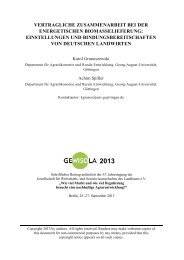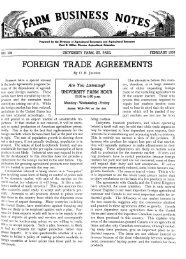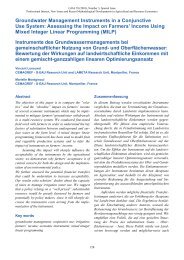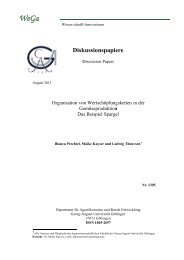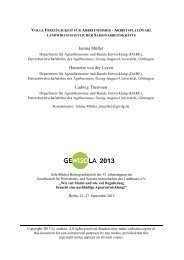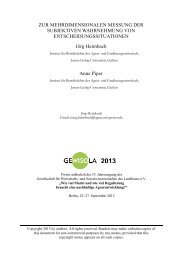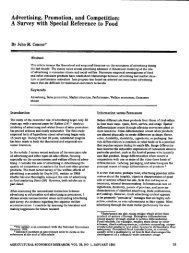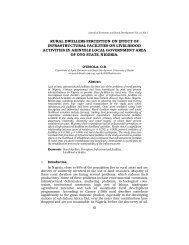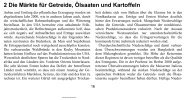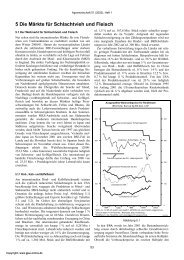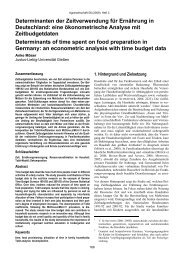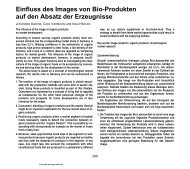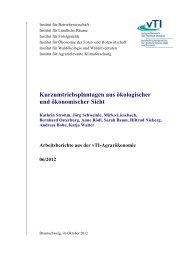District Institutes of Education and Training - Teacher Education
District Institutes of Education and Training - Teacher Education
District Institutes of Education and Training - Teacher Education
Create successful ePaper yourself
Turn your PDF publications into a flip-book with our unique Google optimized e-Paper software.
<strong>District</strong> <strong>Institutes</strong> <strong>of</strong> <strong>Education</strong> <strong>and</strong> <strong>Training</strong>: A Comparative Study in Three Indian States<br />
The branch I like the most in the DIET is PSTE. When I was doing my PTC I<br />
could see that in PTC training there were many things lacking <strong>and</strong> this much is<br />
left out, which is very necessary when you get to school (GUJ/SUR/Prin<br />
22.12.00).<br />
This DIET had made innovations, such as dismissing the usual low key prayer<br />
assembly that set a poor tone for the day, <strong>and</strong> replacing it with a child-centred<br />
prayer assembly, consisting <strong>of</strong> rhymes, action songs, reciting <strong>of</strong> poems, story<br />
telling, <strong>and</strong> dramatisation <strong>of</strong> a story, along with celebration <strong>of</strong> students’ birthdays,<br />
<strong>and</strong> discussion instead <strong>of</strong> a lecture. Observations <strong>of</strong> this assembly confirmed that<br />
students learned to speak <strong>and</strong> read with confidence in front <strong>of</strong> an audience, <strong>and</strong><br />
this helped teachers avoid monotonous recitations to students (see for example box<br />
4.6). Another striking aspect was that the distance between staff <strong>and</strong> students was<br />
reduced through this less formal atmosphere. This also formed a link with inservice<br />
activities, as students demonstrated this type <strong>of</strong> prayer assembly to inservice<br />
teachers to encourage them to do the same in schools. The message had<br />
certainly passed among teachers: this assembly was favourably commented on by<br />
a teacher in Santrampur <strong>District</strong> during a training programme.<br />
Observations <strong>of</strong> practice teaching in both years at this DIET indicated although<br />
the components <strong>of</strong> the practice lesson have been changed, <strong>and</strong> there is more<br />
discussion <strong>and</strong> formative feedback for students than was observed in any <strong>of</strong> the<br />
other DIETs, there is still a discernible ‘ideal lesson’ format: introduction (by<br />
teacher); 3-4 ‘open’ questions on the topic by teacher to student; exposition <strong>of</strong><br />
topic by teacher; demonstration <strong>of</strong> teaching-learning materials by teacher; group<br />
work (by children, but more a matter <strong>of</strong> different seating than interactive group<br />
learning); recapitulation (by teacher). Just as elsewhere, marks depend on students<br />
adhering to this format, even when it is not appropriate – if they do not use<br />
teaching-learning materials for example, or do not do group work, they forfeit<br />
marks. Classroom <strong>and</strong> multi-grade management are still weak areas, as is the<br />
recognition <strong>of</strong> differential learning speeds among students. No attempt to draw on<br />
student knowledge or experience, <strong>and</strong> exp<strong>and</strong> those, or to encourage questions<br />
from students, was noted in ten lessons observed. The transmission model taught<br />
here is a stronger version than that taught elsewhere, but pre-service training in<br />
Surat DIET too adheres to the same model.<br />
In Santrampur DIET, lecturers had made some changes to the evaluation format<br />
(Fig. 4.1). This alteration underlines the dominance <strong>of</strong> the teacher-centred focus<br />
<strong>of</strong> training process, as the format neglects evaluation <strong>of</strong> the trainee’s performance<br />
in relation to student learning. Here, a pre-service lecturer shared his anxieties<br />
about the quality <strong>of</strong> practice teaching <strong>and</strong> its evaluation.<br />
86 DFID



